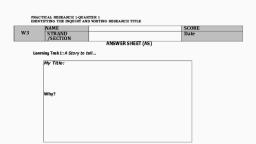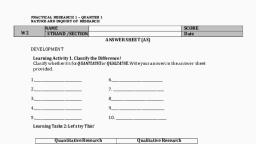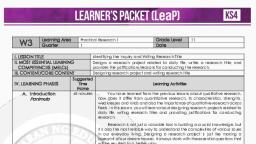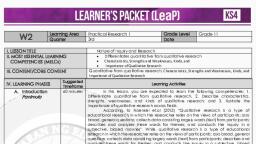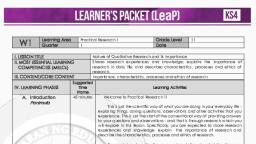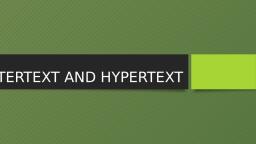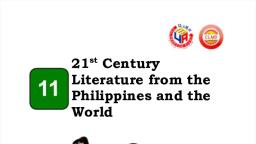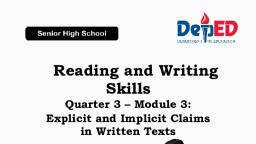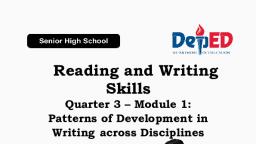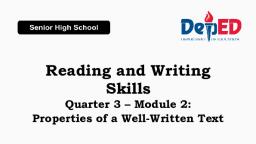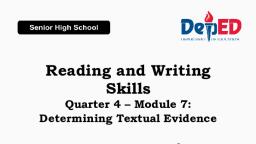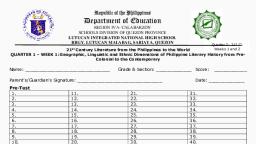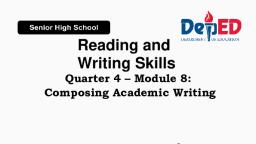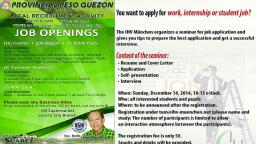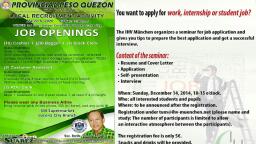Page 2 :
INTERTEXTUALITY, It is the shaping of a text meaning by another text. Intertextual figures include: allusion, quotation, calque, translation, pastiche and parody., , An example of intertextuality is an author’s borrowing and transformation of a prior text or to a reader’s referencing of one text in reading another.
Page 3 :
INTERTEXTUALITY, It is derived from the Latin intertexto , meaning to intermingle while weaving,
Page 5 :
INTERTEXTUALITY, In essays such as "Word, Dialogue, and Novel," Kristeva broke with traditional notions of the author's "influences" and the text's "sources," positing that all signifying systems, from table settings to poems, are constituted by the manner in which they transform earlier signifying systems. A literary work, then, is not simply the product of a single author, but of its relationship to other texts and to the strucutures of language itself. "[A]ny text," she argues, "is constructed of a mosaic of quotations; any text is the absorption and transformation of another" (66).
Page 6 :
INTERTEXTUALITY, Intertexts need not be simply "literary"--historical and social determinants are themselves signifying practices which transform and inflect literary practices. (Consider, for example, the influence of the capitalist mode of production upon the rise of the novel.) Moreover, a text is constituted, strictly speaking, only in the moment of its reading. Thus the reader's own previous readings, experiences and position within the cultural formation also form crucial intertexts.
Page 7 :
HYPERTEXT, Hypertext presents a new way to read on-line text that differs from reading standard linear text. Text is typically presented in a linear form, in which there is a single way to progress through the text, starting at the beginning and reading to the end.
Page 8 :
HYPERTEXT, However, in hypertext, information can be represented in a semantic network in which multiple related sections of the text are connected to each other. A user may then browse through the sections of the text, jumping from one text section to another. This permits a reader to choose a path through the text that will be most relevant to his or her interests.
Page 9 :
HYPERTEXT, The features in hypertext supply flexibility to the reader when compared to reading linear text such as books. Clearly some of this flexibility does exist in books (e.g. table of contents and indexes), but it is not as widely used or exploited. , Hypertext permits readers to use these features automatically rather than requiring readers to manually refer to them as needed. This provides additional control to the reader in determining the order that the text is to be read, and allows the reader to read the text as if it were specifically tailored to the reader's background and interests. This flexibility does promise an advantage of personalization and eases the burden of finding information, However, is this flexibility actually good or useful to the reader?
